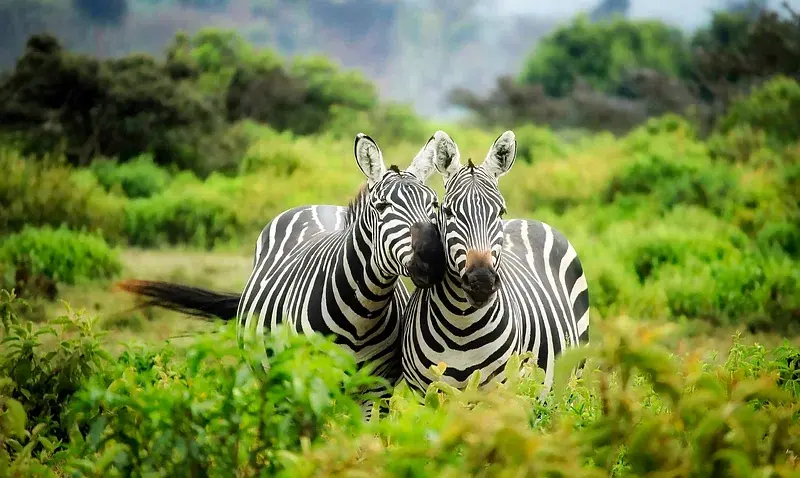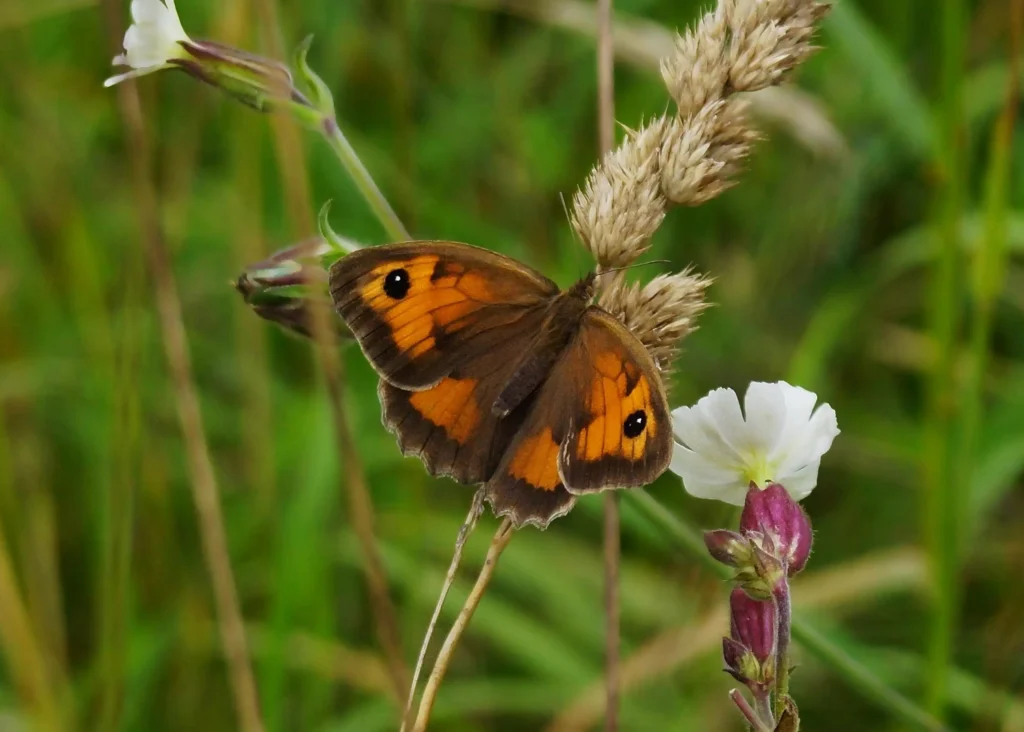Wildlife biology is an exciting field. Animal Life, Ecosystems and Biodiversity — Discovering the Wonder of God’s Wildlife. This curriculum integrates theory with hands-on experience to prepare students for real-world problems.
Why Study Wildlife Biology?
You see, wildlife biology is the essential field that helps us understand and protect our world’s biodiversity. In this field you study animals or the way their environment works and the impact we, as humans have on it. After graduation, students find employment at wildlife parks, national refuges or research facilities
The wildlife biology core curriculum is a structured guide to learning the essential skills. This enables the students to track their coursework directly from wildlife biology core curriculum PDF.
Wildlife Biology Core Areas

Wildlife biology is not only about animals. It is interdisciplinary that deals with all sort of areas related to biology and ecology. The following are some fundamental aspects of the wildlife biology syllabus.
1. Ecology and Animal Behavior
In ecology, students learn oil sprays and their effect on the environment. In this courses, you learn about food chains, predator-prey relationships and so forth. Making sure you understand animal behavior is just as important to being a pet groomer.
Wildlife parks such as Bearizona Wildlife Park are in place precisely for observing these natural behaviors. We also take students to places like Nisqually National Wildlife Refuge where they can see ecology and behavior in actuality.
2. Wildlife Management
This underscores the importance of population management for wildlife. The courses for training on wildlife management trained on how to ensure the health of such ecosystems. Examples for this is: How species conservation can be understood, how to manage invasive species, where the need for protected areas arises.
For example, the management programs of the Utah Division of Wildlife Resources. Programs that teach students in the field to apply classroom knowledge
3. Conservation Biology
The first is a species-by-species approach that deprives conservation biology of its main idea – saving entire species from extinction. In class, students learn not only how to recognize threats to wildlife but also how to respond when they see dangerous signs.
The Louisiana Wildlife and Fisheries department works with universities for student projects quite often. A conservation biology is one of the areas that need a wildlife biologist.
4. Genetics and Evolution
Both wildlife biologists and population geneticists need to know how much genetic diversity a population has. Genetics is used to keep tabs on the genetic health of species, and particularly in breeding programmes.
For the Lake Tobias Wildlife Park, it’s also a matter of genetics for managing viable populations of endangered species. This a vital area for conservation.
5. Law and Environmental Policies
Environmental Policies: How They Relate to Wildlife Protection The NC Wildlife Resources Commission enforces the wildlife protection law. It is a very wide sense but students should learn at least the laws of the country where organic food will be produced or sold in, to be effective in this field.
It is important to know about these policies for people working in conservation or research fields. A number of wildlife programs offer a portion that delves into environmental law.

The Significance Of Hands- On Practical Learning In Wildlife Parks
Students gain a unique insight at wildlife parks. Bearizona Wildlife Park is an example of a captive setting in which visitors are officially permitted to view animals. Animal care, management, and population control are some of the important principles which even students learn in such parks.
Practical Learning relates to field trips like the Lake Tobias Wildlife Park focus on wildlife management, but from an applied way. Students who go on these trips get to experience wildlife, up close, and see how concepts they have learned about in the classroom are applied out in the world.
Teaching at National and State Wildlife Parks
Parks (state and national) are a great hands-on resource for aspiring wildlife biologists. Managed by KY Fish and Wildlife these parks are ideal examples. Effect More balanced ecosystems and protect populations from game or poaching.
Fieldwork inside such parks help students in learning about the habitations of various animals. Students frequently take trips to parks like Lake Apopka Wildlife Drive where they may look for native species and use techniques designed to aid conservation efforts.
Wildlife refuges provide an amazing opportunity for education as well.
Wildlife sanctuaries also act as valuable educational tools. Nisqually National Wildlife Refuge offers students untrammeled habitats to learn.
These are areas that provide refuge for threatened species. The projects provide practical opportunities for training in wildlife biology and conservation.
Wildlife Biology Core Curriculum pdfs
There will be a PDF for wildlife biology core curriculum, as an axis for students. This would allow you to monitor a checklist will also notify of the classes required for graduation. You can also look for more resources such as research papers or internships.
A PDF is an excellent way to plan your academic route. These PDFs are typically provided as a fetch for information accompanying courses at universities.
A Glance At The Role of Conservation In Wildlife Biology

One of the main areas in wildlife biology is conservation. In their absence, many species would have been extinct. Aerial view of Yellowstone National Park(credit: flickr) Parks and refuges are keystones of this effort.
Wildlife biologists create conservation plans to preserve habitats and endangered species. Much of this is due to efforts being made by the Utah Division of Wildlife Resources. State liaisons also report engaging and involving students and professionals to make sure sustainability was considered in the long-term.
Students who enroll in conservation biology courses learn about sustainable habitats and recovering plants and wildlife species. For me the Apopka Wildlife Drive is one of them, or a visit to the NC Wildlife Resources Commission.
These include not only the science, but practical skills, too. Combined, this prepares graduates for careers in conservation, wildlife management, and even policy advising.
Wildlife Biology in the Future
The more human actions influence wildlife, the greater the need there is for trained wildlife biologists. Biologists of the future will have to learn about ecology, conservation, and management as a serious study.
The students are well-trained by means of a good curriculum to effectively manage these challenges. There will be thousands of jobs for biologists provided by the Ky Fish and Wildlife department as well as other state organizations needing skilled individuals to continue to maintain ecological balance.
Recommended Resource
We suggest Principles of Conservation Biology by Richard B. Primack to supplement the course for those wanting more in-depth knowledge in wildlife biology. For students interested in wildlife biology, destinations like Fort Lauderdale offer rich biodiversity and research opportunities at places like the Hugh Taylor Birch State Park. While exploring wildlife habitats, students can also engage in cultural experiences, like discovering local cuisines in nearby destinations Fieldwork trips, like those to wildlife parks, require travel gear, and packing the best travel pillow ensures comfort for long journeys. Aspiring wildlife biologists may find inspiration by reading blogs that emphasize the beauty of nature and travel, like those featured on Explore Horizon.



